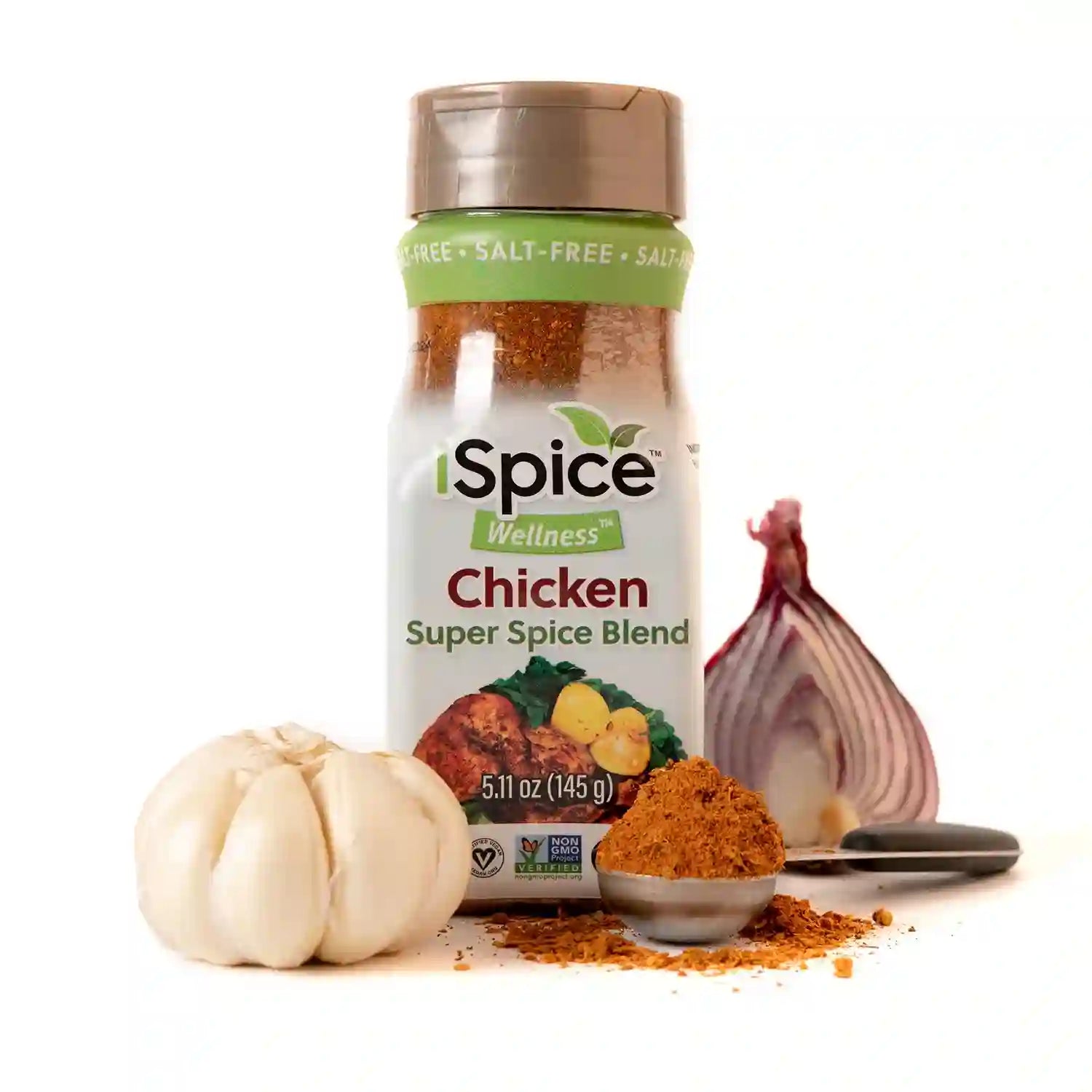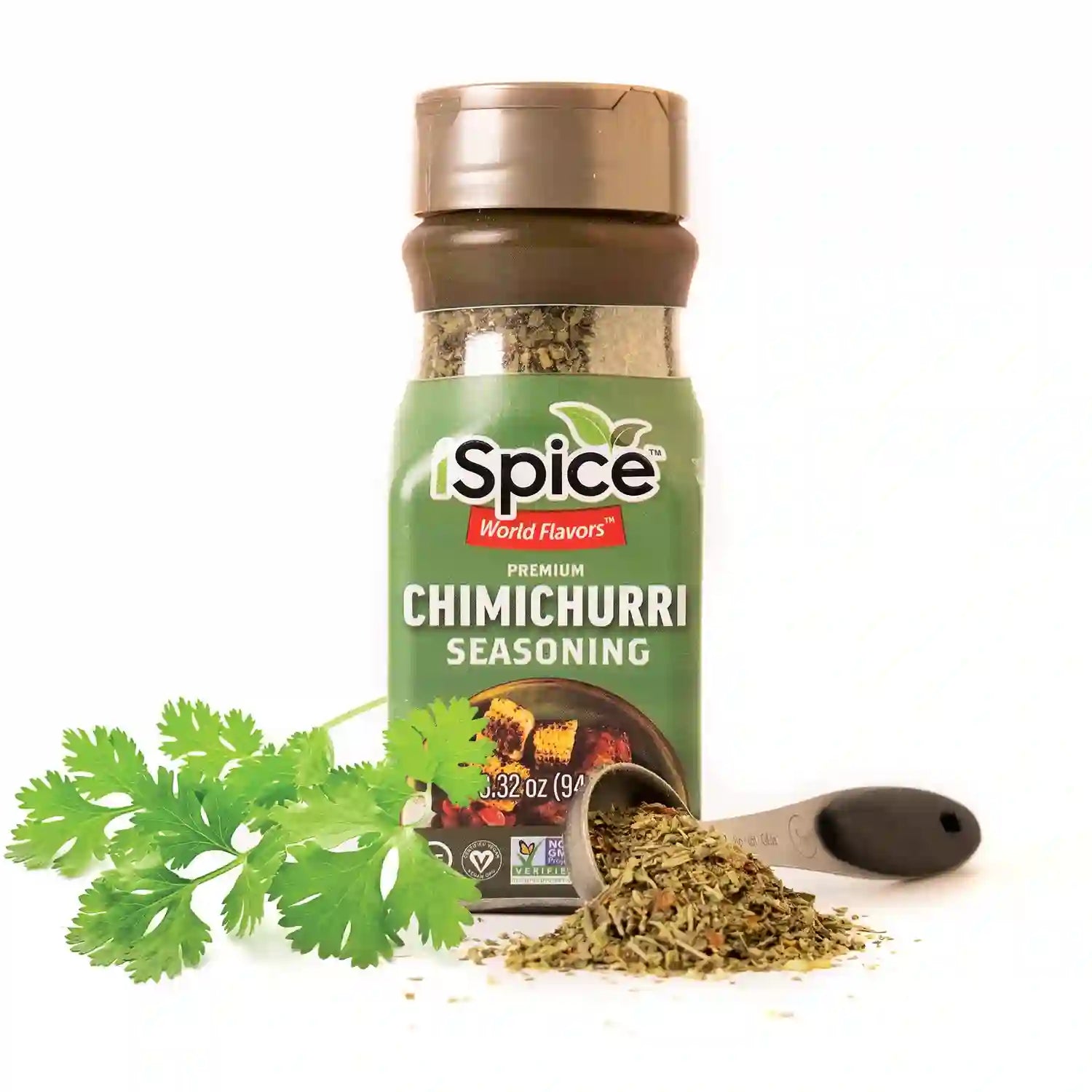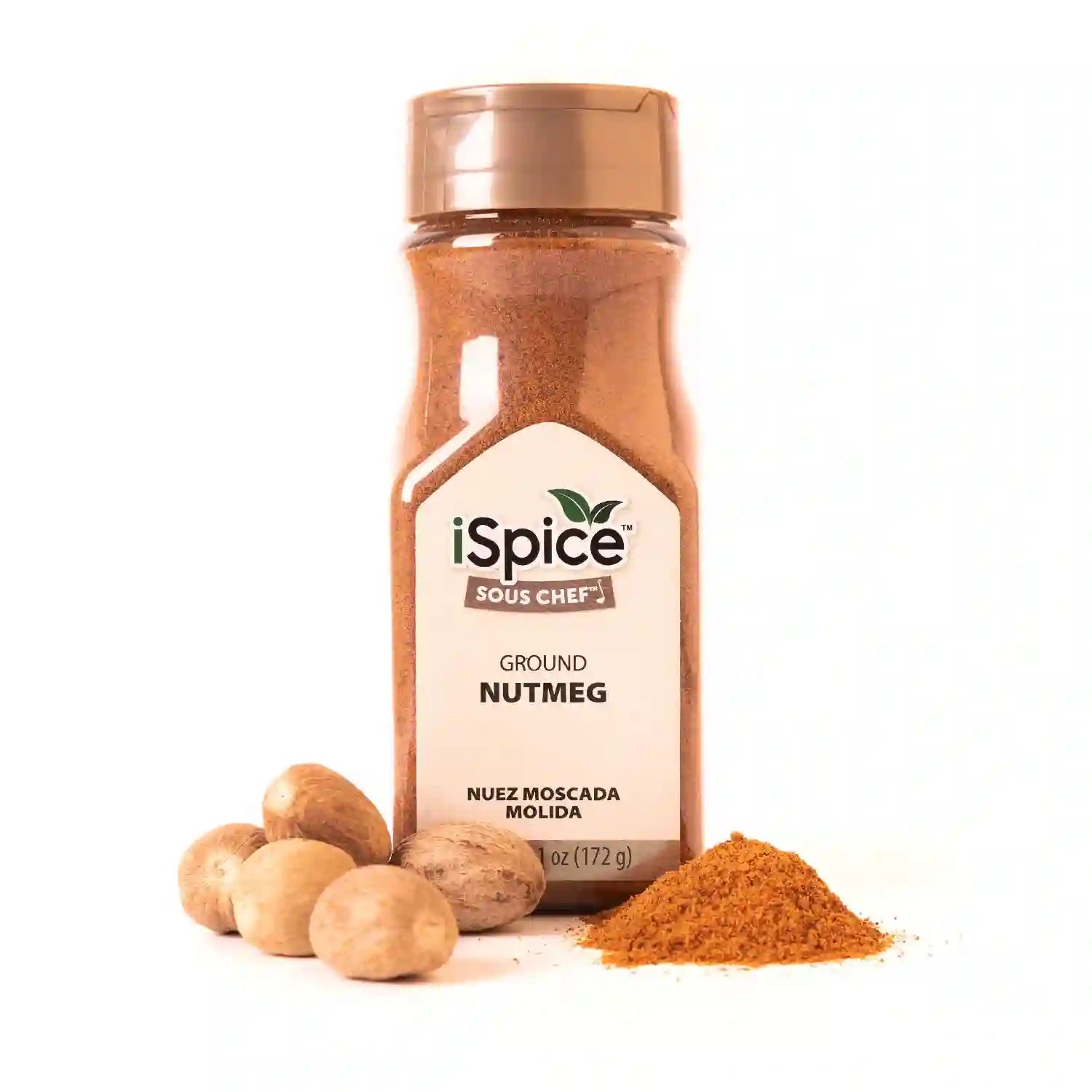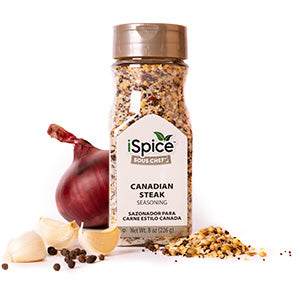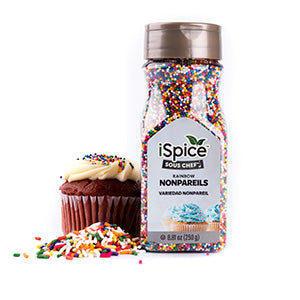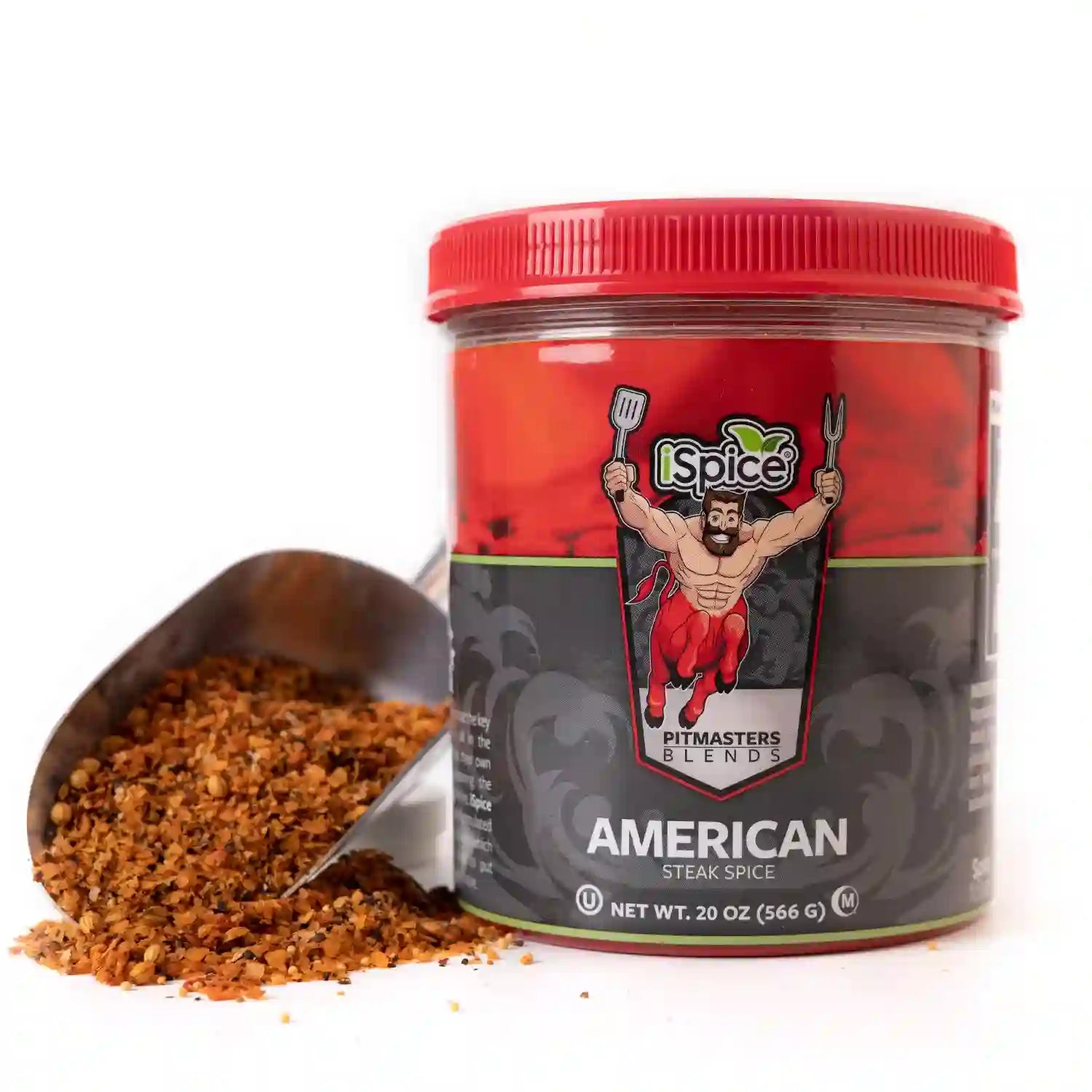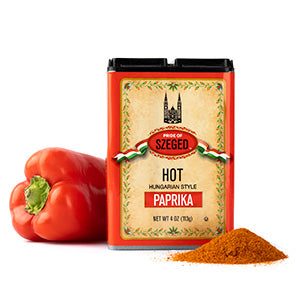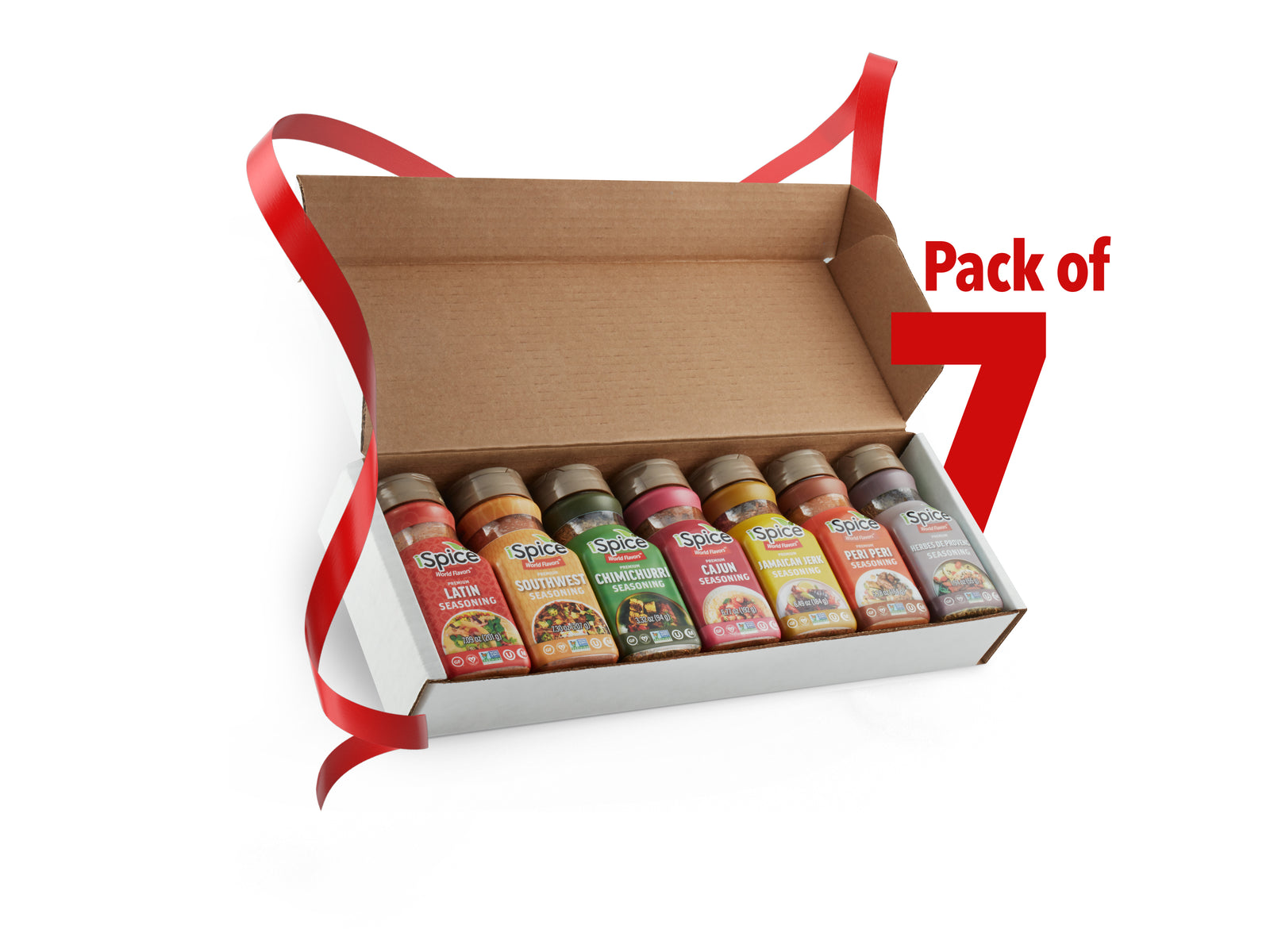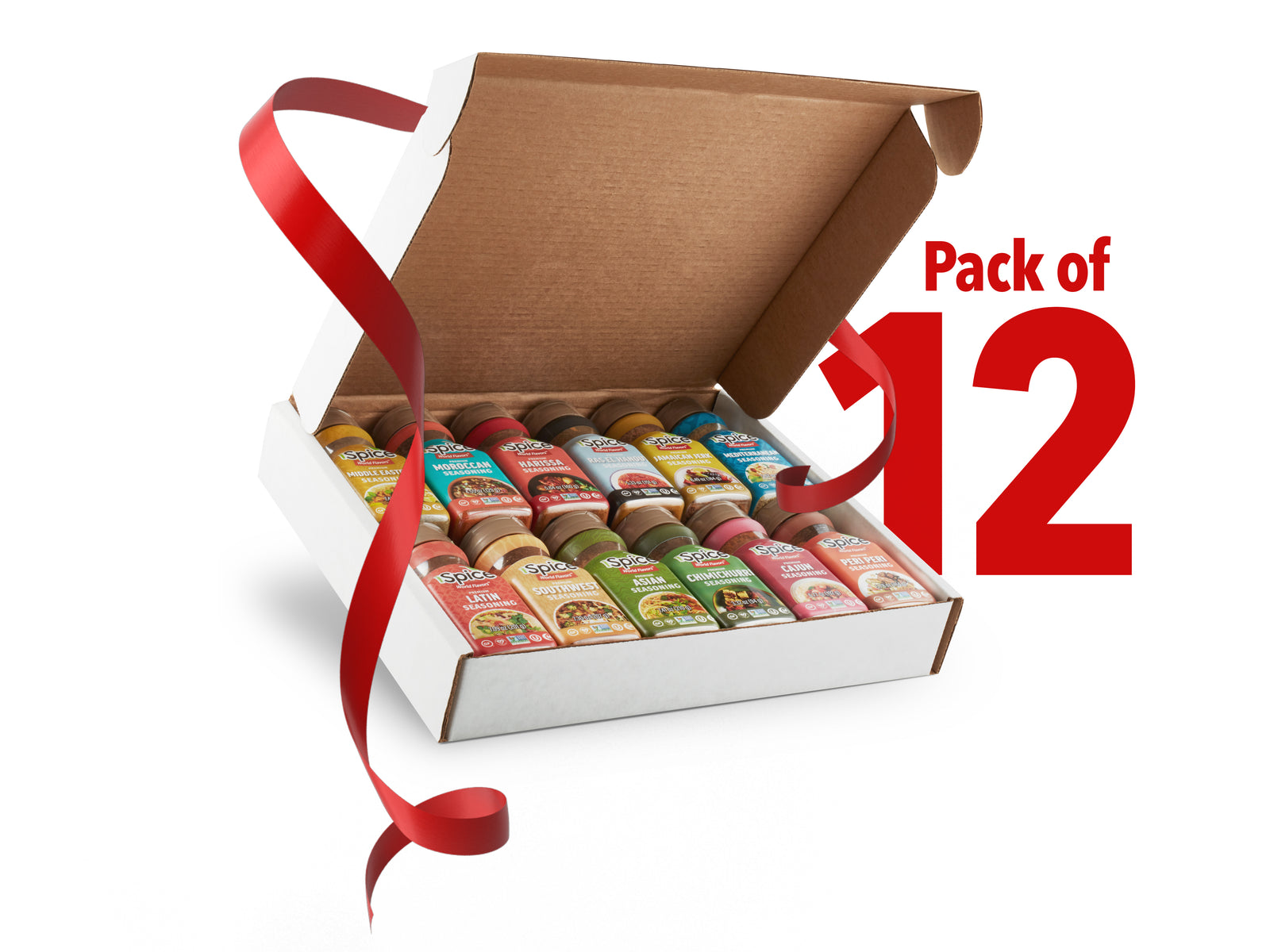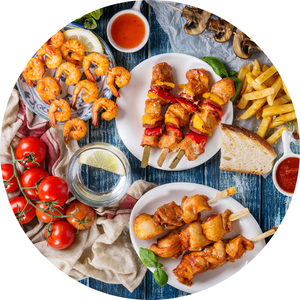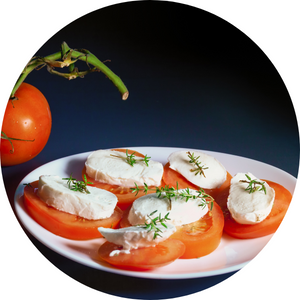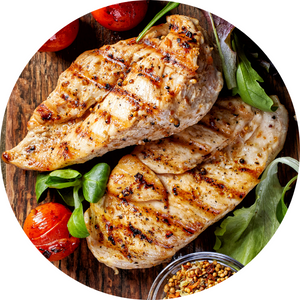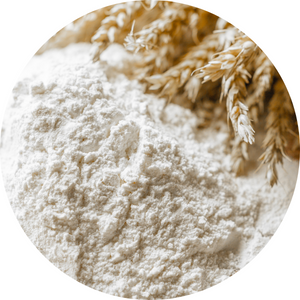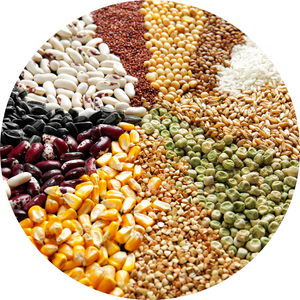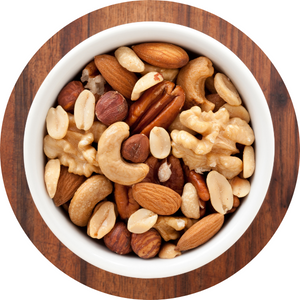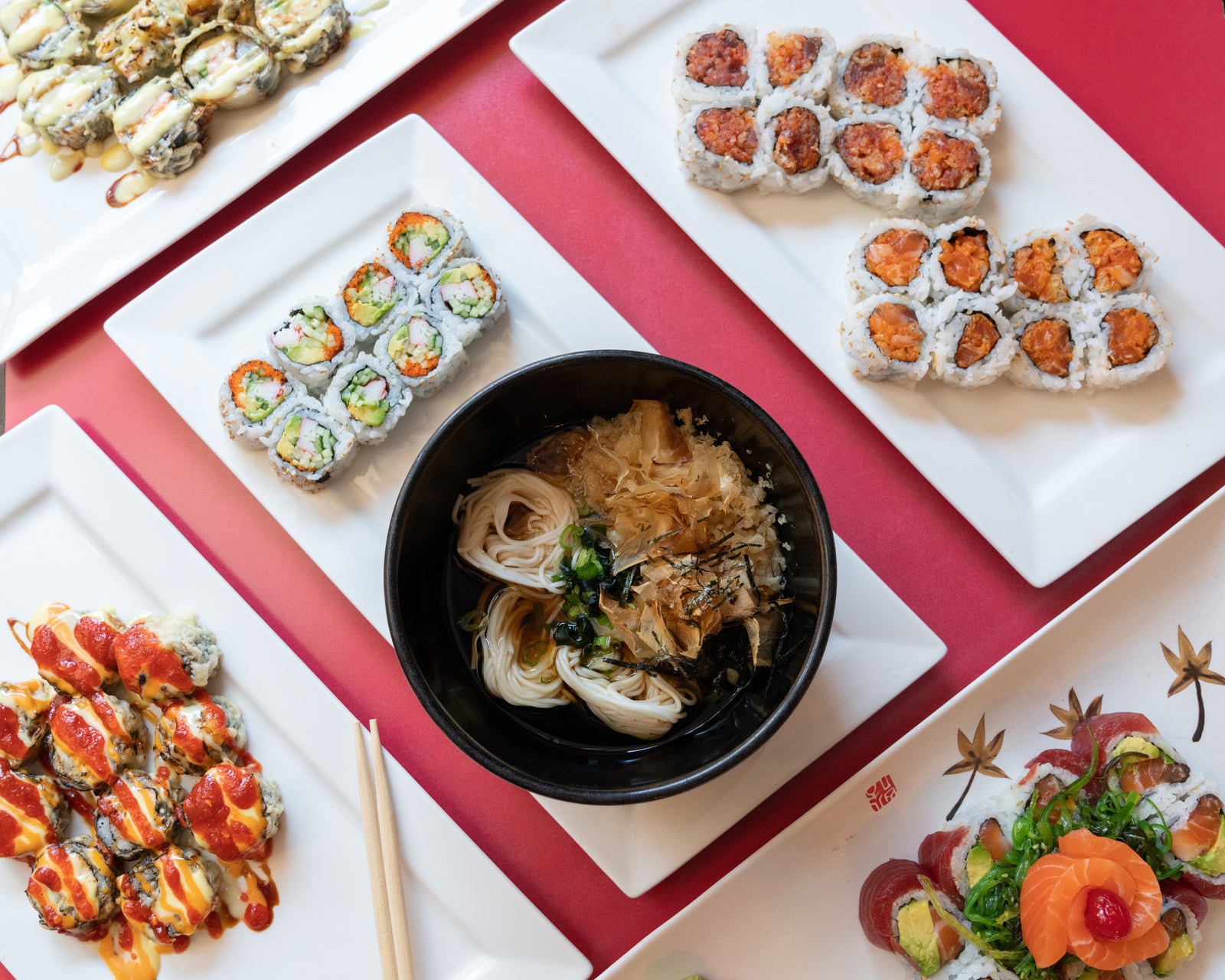
Every great barbecue sauce relies on balance — the interplay of spicy heat, caramelized sweetness, and smoky depth. Whether you prefer a fiery glaze for ribs or a mellow finish for grilled chicken, understanding how to control heat and sweetness lets you create a perfectly rounded flavor every time.
The Role of Heat and Sweetness
Barbecue sauce isn’t just an afterthought; it’s what defines the flavor profile of your grilled dishes.
-
Heat adds excitement and contrast. It comes from chili peppers, black pepper, mustard, or cayenne.
-
Sweetness rounds out sharp flavors, encouraging caramelization and enhancing smoky notes during grilling.
When these two elements are balanced, your sauce gains complexity without overpowering the food.
Sources of Heat in BBQ Sauces
Different spices deliver varying types of heat — from slow warmth to sharp spice.
Common heat sources:
-
Chili powder – adds depth and color with moderate warmth.
-
Cayenne pepper – strong and direct heat; use sparingly.
-
Black pepper – a balanced, earthy spice ideal for all sauces.
-
Crushed red pepper flakes – release steady heat as the sauce cooks.
-
Mustard powder or Dijon mustard – adds tangy spice and sharpness.
Tip: Combine multiple heat sources instead of relying on one. Layering spices creates complexity and smoother warmth.
Sources of Sweetness in BBQ Sauces
Sweetness complements smoke and heat, creating that signature sticky glaze.
Common sweet ingredients:
-
Brown sugar – adds molasses notes and helps sauces thicken.
-
Honey – smooth, floral sweetness that enhances caramelization.
-
Molasses – deep, smoky sweetness, excellent for Southern-style BBQ.
-
Maple syrup – adds subtle woodsy flavor for poultry or vegetables.
-
Ketchup or tomato paste – contributes natural sugar and acidity.
Tip: Always cook sweet ingredients gently. High heat can cause sugar to burn and turn bitter.
Achieving the Perfect Balance
Balancing heat and sweetness depends on the flavor profile you want to highlight:
| Desired Flavor | Heat Component | Sweet Component | Best Protein |
|---|---|---|---|
| Bold & Spicy | Cayenne, chili flakes | Brown sugar | Beef or ribs |
| Sweet & Smoky | Paprika, mustard powder | Molasses, honey | Pork or chicken |
| Tangy & Zesty | Black pepper, mustard | Maple syrup, tomato paste | Vegetables or seafood |
| Mild & Balanced | Chili powder, paprika | Brown sugar, ketchup | Chicken or tofu |
Guideline:
-
Start with equal parts sweet and heat.
-
Adjust slowly — adding small increments of sugar or spice as needed.
-
Taste after simmering; flavors deepen as the sauce thickens.
Key Supporting Spices
Beyond heat and sweetness, a balanced BBQ sauce often includes these supporting seasonings:
-
Garlic powder – deepens umami and aroma.
-
Onion powder – adds subtle sweetness and body.
-
Paprika – provides color and gentle smokiness.
-
Cumin – adds earthy warmth that ties flavors together.
These spices act as bridges, connecting the heat and sugar elements while enhancing overall complexity.
Pro Tips for Perfect BBQ Sauce
-
Simmer slowly: Low heat allows flavors to meld and prevents burning.
-
Add acid: A splash of vinegar or citrus balances excess sweetness.
-
Rest the sauce: Cooling thickens the texture and mellows spice intensity.
-
Test on food: Always brush your sauce on a small piece first — grilled heat changes flavor strength.
FAQ
Q1: Why does my BBQ sauce taste too spicy?
Add brown sugar, honey, or tomato paste to round out excess heat. Acidity from vinegar or lemon juice can also tone it down.
Q2: What’s the best way to thicken a BBQ sauce naturally?
Simmer over low heat until reduced, or add tomato paste or molasses for a thicker texture and richer flavor.
Q3: Can I make a no-sugar BBQ sauce?
Yes, but balance is still key. Use tomato paste for natural sweetness and rely on mild spices like paprika or cumin to add depth.
Q4: When should I apply BBQ sauce while grilling?
During the last 10–15 minutes of cooking. This prevents sugars from burning while still allowing the sauce to glaze properly.
Q5: How long can homemade BBQ sauce be stored?
In an airtight container, it typically lasts up to 7 days refrigerated. Stir before use to redistribute spices.

